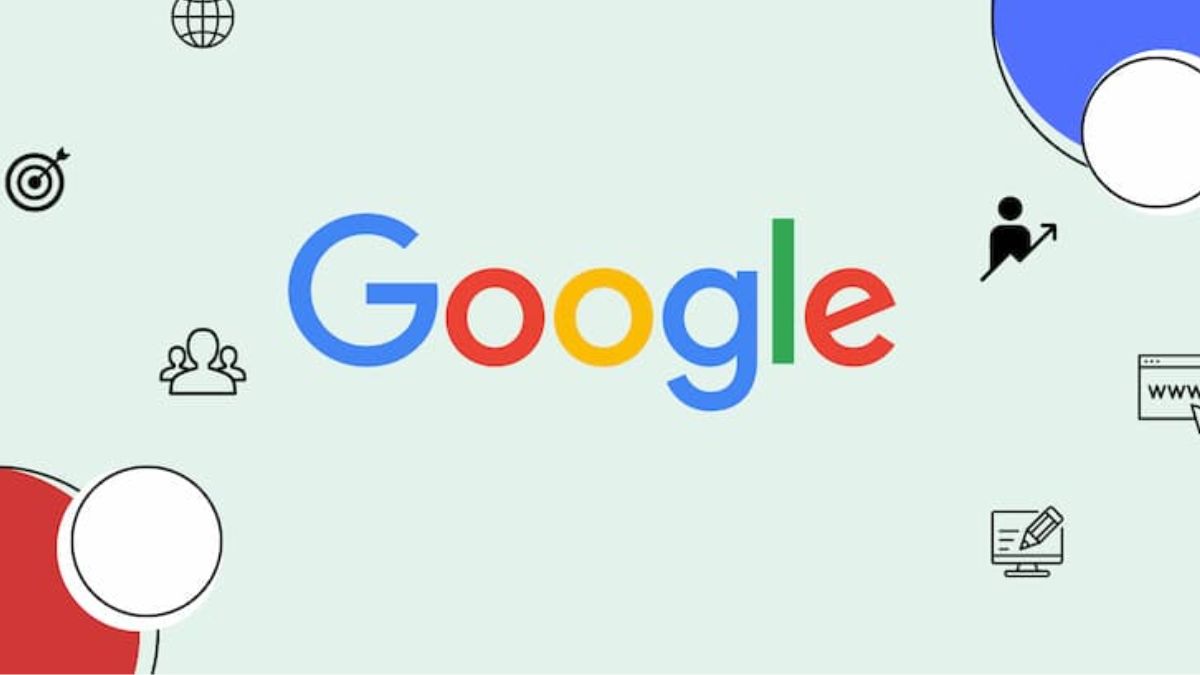 Image Credits - keyweo
Image Credits - keyweo
Advertisement
Google is preparing to introduce a groundbreaking technology designed to help users distinguish between real and fake images. This initiative will enhance the “about this image” feature in Google Search, allowing users to determine whether a photo was captured by a camera, altered by software such as Photoshop, or generated by AI models.
This new system is part of Google’s support for the Coalition for Content Provenance and Authenticity (C2PA), a major industry effort aimed at addressing the challenges of AI-generated imagery. The C2PA’s technical standards, including version 2.1, provide a framework for embedding provenance information into digital content. This standard ensures that images carry a digital trail, revealing their origin and the nature of any modifications made to them.
Laurie Richardson, Google’s Vice President of Trust and Safety, explains that Google’s updated feature will use C2PA’s trust list to verify the authenticity of images. For example, if an image’s metadata shows it was captured by a specific camera model, the trust list will help confirm this information’s accuracy. This update aims to provide more transparency and trust in the images people see online.
Google plans to integrate C2PA metadata into its advertising systems as well. Richardson notes that this integration will allow Google to use provenance signals to enforce key policies and potentially extend this feature to YouTube, where users will be informed about the authenticity of video content.
Despite these advancements, there are significant challenges in achieving widespread adoption of C2PA standards. Currently, only a few camera models from brands like Leica and Sony support C2PA metadata and software like Adobe Photoshop and Lightroom can add C2PA data, while others like Affinity Photo and Gimp do not. Moreover, many online platforms do not yet display C2PA labels, posing hurdles for comprehensive implementation.
Richardson acknowledges these challenges, emphasizing that creating interoperable solutions across various platforms and devices remains complex. However, Google’s initiative represents a significant step toward enhancing content provenance and combating misinformation in the digital age.
